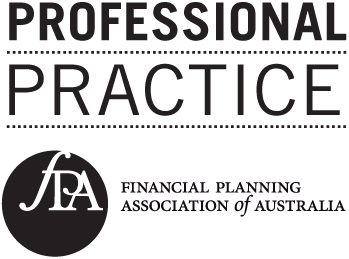Risks, Rewards and Asset Allocation
There are three main asset classes in which we can invest to achieve your key goals:
- Cash/Fixed Interest
- Property/Infrastructure
- Shares
Of course, there are sub-categories within these asset classes, such as term deposits, government bonds and first mortgages; residential, office, retail, industrial and rural property, as well as infrastructure in the transport and utilities sectors; and Australian and international equities, resource shares and small companies.
With cash and fixed interest, what you are doing is lending your money to a financial institution such as a bank which on-lends it to others at a higher interest rate (unless you purchase a government bond or corporate security, in which case you are lending directly to the government or company). As a lender, you receive a taxable income (albeit quite low at present), but no capital growth as you are not buying an asset which can increase (or fall) in price if you hold it until maturity. Then all you get back is your capital (assuming of course that the institution you invested with is solid).
This means that there is usually very little risk to capital as long as you invest with a respected institution and hold the investment until the end of the term.
However, the old adage, “the higher the return, the higher the risk” is particularly true in this asset class, as it is extremely difficult to add value in the fixed interest sector without taking on much more risk - far out of proportion to the potential reward. So choosing the highest interest rate on offer could be fraught with danger if the institution you invest with, such as a finance company, is not subject to the current government guarantee on banks, building societies and credit unions.
Over the long term, for a capitalist economy to function properly, property has to outperform cash/fixed interest – otherwise, if that were the not the case, no one would take their money out of the bank or borrow money from the bank to build or buy a property other than the one in which they live.
There are two main reasons why over time property goes up in value. One is increasing building costs caused by inflation and the other is a rising rental income stream. As economic growth generates higher company profits and higher wages, tenants can afford to pay more rent and landlords oblige. Infrastructure owners likewise increase user charges. Capital growth in property is largely a function of this rising income stream.
Again, over the long term in a capitalist economy, one would expect shares to outperform property. This is because property is a passive asset compared with shares, which are investments in actively managed businesses. There is a limit as to how much value a manager can add to a property – it can be refurbished from time to time and perhaps it may even be rezoned. However, good management can make a huge difference to the fortunes of a company.
It is fair to say that, if shares did not outperform property over the long term, then practically every business would own its own property. The reason why, for example, Commonwealth Bank and Woolworths rent most of their space is because these companies know that they can earn a better return for their shareholders investing in their business than they can by owning physical property.
The fundamental reason why shares go up in value over the long term is because economic growth results in higher profits which lead to higher dividends – so capital growth is again a function of a rising income stream.
There is one other asset class we use in our clients’ portfolios and that is alternative assets - such as absolute return funds and private equity funds, as well as hedge funds using long/short strategies with futures and options contracts. These investments have very low correlation to the traditional growth assets of property and shares (in other words, they can – and often do - rise in value even when other assets are falling). As they can reduce risk and volatility considerably, Retirewell allocates a significant proportion of most portfolios to this asset class.


